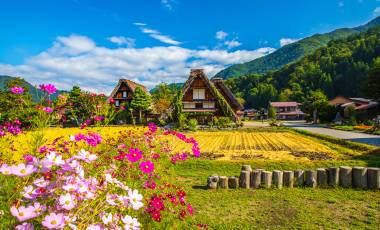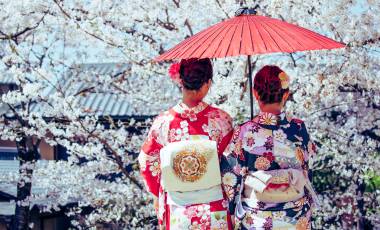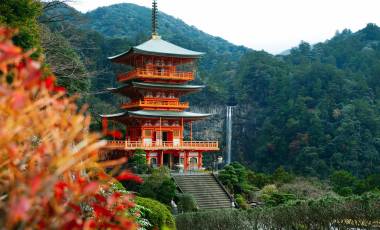Read time – 2 minutes
Rising at 5:30 am on the last day of a fortnight’s tour of Japan wasn’t easy. But it had to be done, as today was our last chance to visit Tokyo’s Tsukiji market in Japan.
Tsukiji sells a vast variety of foodstuffs, but is principally famous for fish; this is what draws the crowds in by the thousands. Bleary-eyed, my two friends and I took the Hibiya line on the underground to Tsukiji.
On arrival at the station, the sun was already shining brightly and the streets bustling. No need to check the map: everyone was heading one way.

Tsukiji Fish Market
We plunged straight in and found ourselves leaping and scuttling on a fishy assault course, trying to dodge the speeding forklift trucks appearing from every direction. This seemed like madness at first, and we clung to the fringes of the market, but after a few minutes, we found our rhythm amongst the swerving, veering vehicles and handcarts.
We overcame our fear of sudden death once we realised that the drivers were experts and well used to gawping, nervous tourists such as us. They seemed to be enjoying the challenge of transporting their wares through the surging sea of people, abruptly stopping and starting, shouting greetings and warnings as they passed.
Having come to terms with the trucks, we now had a chance to look about us. I was stunned. Tsukiji is like no other market I have ever seen. The noise and frenetic pace are overwhelming: haggling, buying, selling and chopping going on everywhere.
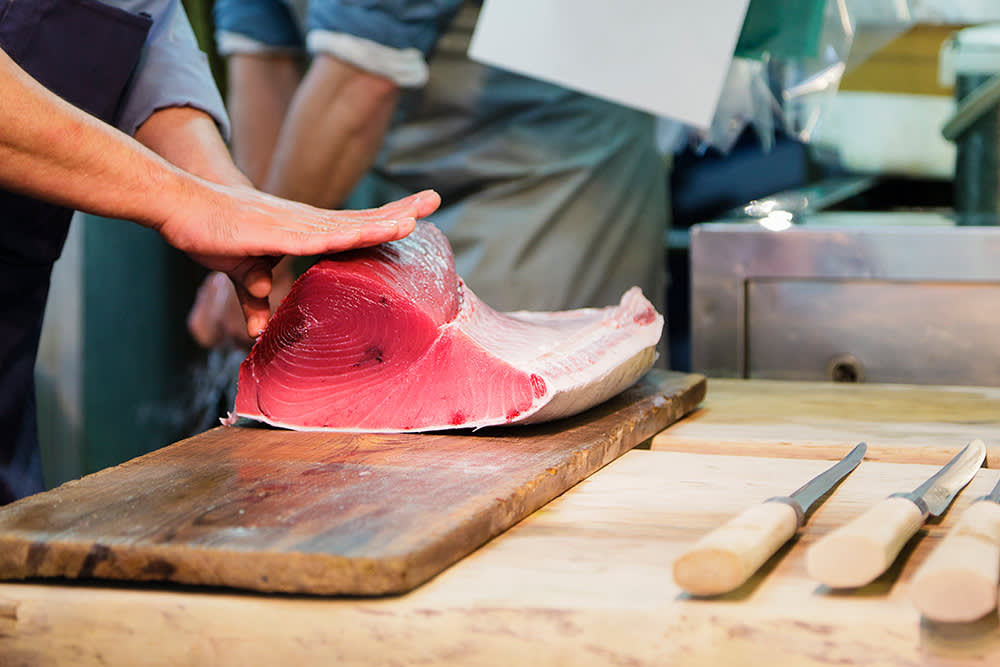
We navigated around piles of tuna frozen whole, past crate upon crate of seafood (some of it still moving), and stall after stall of the freshest possible fish of every shape and colour. Despite the apparent chaos, business was proceeding briskly and efficiently along the watery, dimly lit aisles.
Chefs and wholesalers headed purposefully to their favourite suppliers and left laden with glorious produce. But wait a minute, something was missing: a smell of fish. This stuff is so fresh that it hasn’t had time to develop a pong.
We made our way across the length and breadth of the market and were back where we began half an hour earlier, exhilarated and exhausted. We were also starving. A breakfast of sushi is essential to the Tsukiji experience, and indeed there are sushi bars at every turn.
However, the queues can be daunting so we decided to stick to a recommendation we’d received from our Exodus leader a few days earlier. “Building Number Four” sounded vague but was easy to find in the row of white, numbered blocks directly opposite the fish market. Inside, the café was buzzing with families, couples and workers tucking into platefuls of exquisitely presented fish.
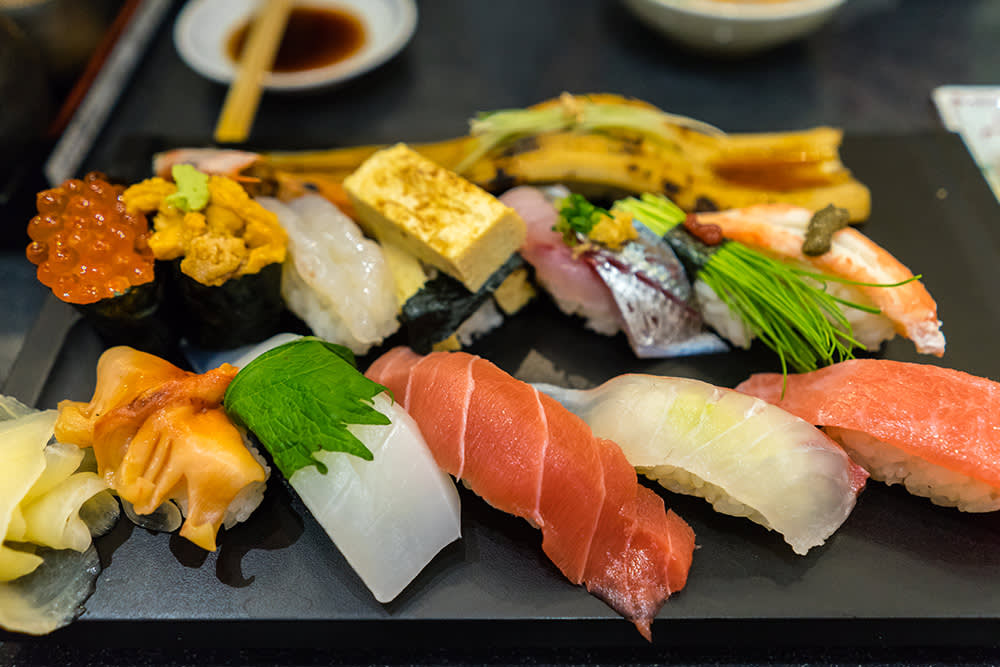
Breakfast in Japan
Sitting at the counter, we watched as our choices were prepared from scratch by the deft, industrious chef. Tuna, salmon, cuttlefish, roe, prawns…this was the finest breakfast I had ever seen. And the taste? Quite simply divine. Tsukiji was the highlight of our visit to Japan, and I would get up at dawn every day for a reward like that.
Kay McArdle travelled on Ancient & Modern Japan (AOP) and was one of four runners up in our travel writing competition.


